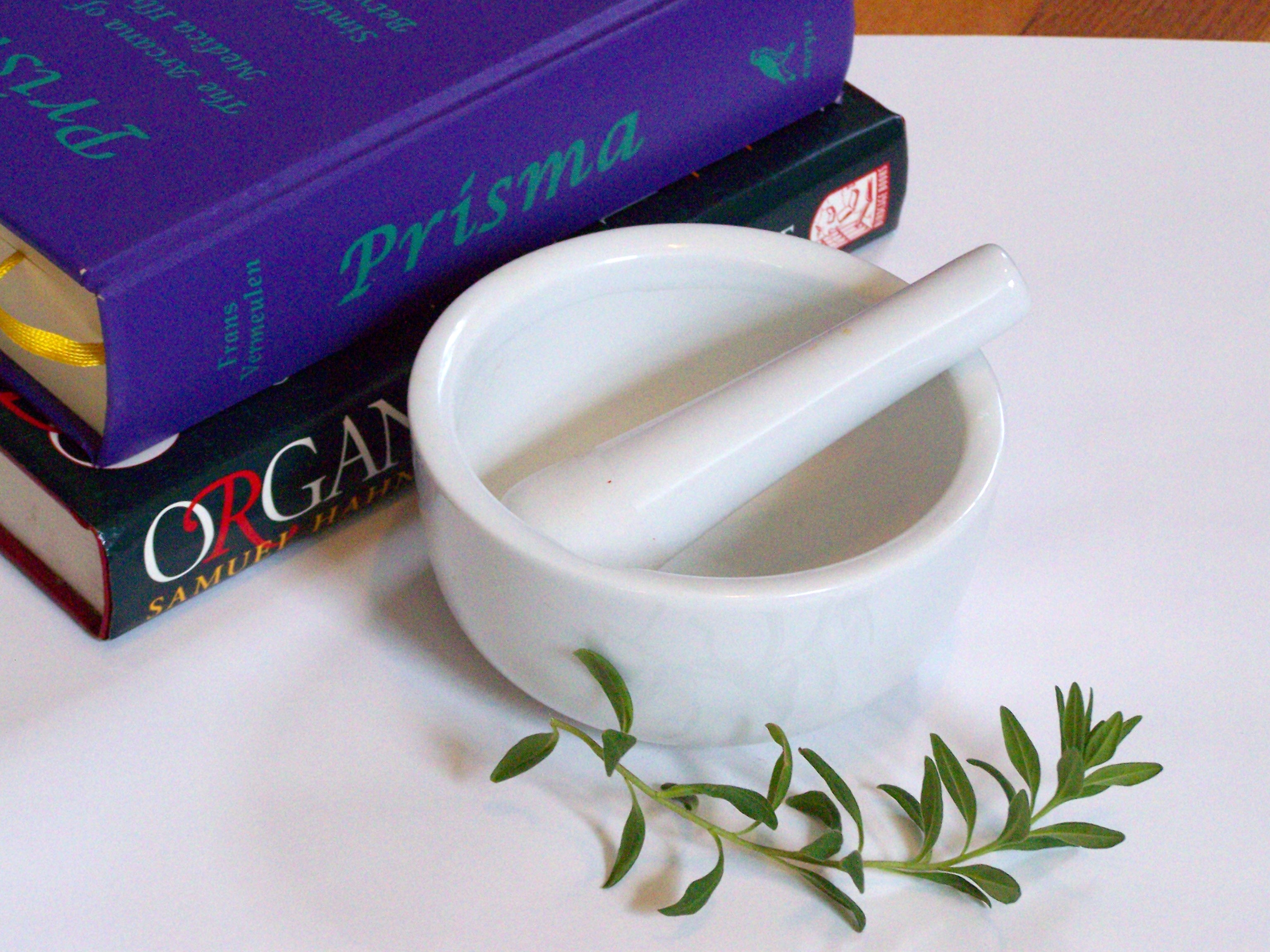Just four pills a day. That was the miracle cure for a rare skin disease that still has many specialists scratching their heads. But how did such a simple solution slip beneath the radar of expert physicians? The answer lies in a field often dismissed by medical practitioners today as nothing more than a collection of folk remedies: homeopathic medicine.
Over the years, despite the growing interest in the field of alternative medicine, many physicians have continued to raise skepticism as to the benefits of these alternative remedies. Very little statistical research has been published on the effectiveness of not only homeopathy but also other branches of alternative medicine, fueling controversy regarding their potency.
Homeopathy, a well-known division of alternative medicine, originated in Germany under Dr. C. F. Samuel Hahnemann. Through various clinical trials, Dr. Hahnemann observed the properties of several natural ingredients to find potential remedies for common illnesses. His work popularized the field, allowing homeopathy to spread globally and grow roots in other countries. Despite its predominance in some countries, homeopathic medicine does not appear to be as heavily practiced in the United States as shown by this study, which reported that only 2.1% of the population had explored homeopathic treatment options in 2012.
Image Source: Colin Davey
Homeopathy emphasizes the use of natural materials and integrative medicine to heal the body. Homeopathic medicine is universally applicable to both young and old and can be used to treat a variety of conditions and diseases. Rather than prescribing strong medications, homeopathic physicians provide patients with more gentle medications that promote or support the body’s existing immune system. These practitioners recommend medications composed of natural extracts from herbs and plants such as chamomile, onions, marigolds, etc. instead of common antibiotics like amoxicillin or azithromycin. Proponents of homeopathic medicine take pride both in the affordability and in the safety of treatment options.
Image Source: leminuit
Three main pillars support the branch of homeopathic medicine. The first pillar, widely known as “like cures like,” states that natural elements that can elicit certain conditions in an individual have the potential to relieve those same conditions if they accompany an illness. For example, belladonna, a toxic plant that can cause headaches and skin irritation, is used in minute quantities in homeopathic remedies for those same symptoms. The second pillar emphasizes the importance of low concentrations of natural elements in prescribed medications. A low concentration upholds the safety of homeopathic treatment options and allows the immune system to play a primary role in recovery. The final pillar states that a patient should undergo only one treatment option at a time. This serves to find the optimal medicine to boost recuperation by eliminating confounding variables.
The medical field in recent years has expanded on the definition of health as being a field not only revolving around pharmaceuticals but also mental, emotional, nutritional, and physical well-being. With such an ever-broadening outlook in the future of health and medicine, perhaps greater research into divisions of alternative medicine could champion revolutionary discoveries yet to come.
Featured Image Source: Homeopathy by Oonagh Taeger










